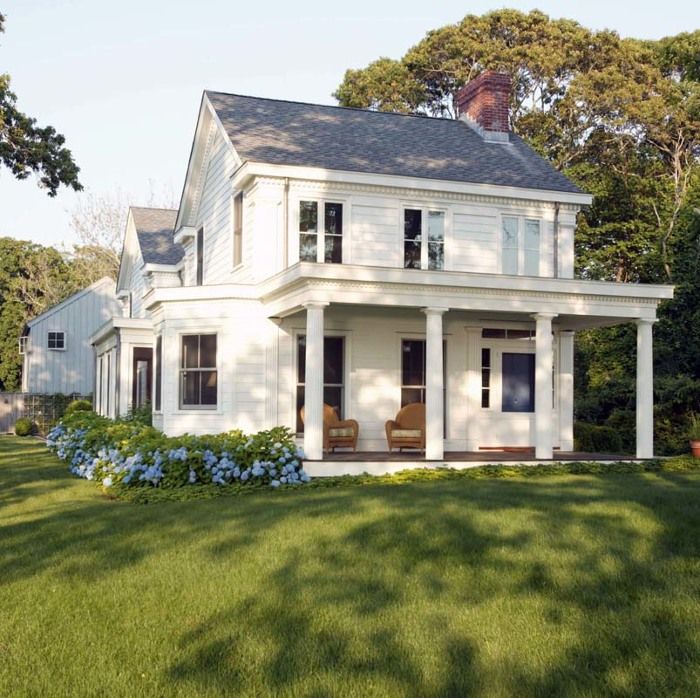
It’s always interesting when we get together to choose a cover image for the magazine, particularly the Houses issue we recently wrapped up. Aside from the usual back-and-forth about whether the image is a “quick read” or contains enough quiet space to support the cover lines that reveal what’s inside, the talk always winds up focusing on the home’s visual appeal. Is it a place you’d want to live? Is it a beautiful house?
The definition of “beautiful” can be squirrely, for sure. Recently, searching for new builders to tap, I flipped through a bunch of home-remodel photos. Some were amazing; others made me wince. Apparently someone must have thought those ceiling beams were beautiful. It would not have been me.
So here’s my test: If a home or a room appeals to me-even if it exemplifies a “style” I don’t appreciate-I feel pretty certain that its beauty is coming from a different place, a more organic place. Architects with greater minds than mine have long parsed out how specific design elements are innately appealing to the human psyche. I can only bring an editor’s view, but here are my observations:
Color (or not). Color plays on the emotions immediately, and while you might abhor green and your spouse recoil at yellow, how color is added or subtracted from a space has a powerful effect on our relationship with that space. Getting color right isn’t always easy, but when it is, it’s beautiful.
Balance. Whether it’s due to an internal gyroscope in our brains or expectations acquired over centuries, we like to inhabit places that feel balanced. Balance evokes a serenity that is beautiful.
Intriguing materials. The allure of unexpected, complex materials–from corrugated metal or fossil-laden limestone to shimmering glass tile–reinforces the idea that interest and irony play as much of a role as attractiveness in making a home beautiful.
Craftsmanship. Your can’t work at Fine Homebuilding without acknowledging the role of craftsmanship in creating a beautiful home. It’s what keeps fine homebuilders building fine (read: beautiful) homes.
A sense of place. You may or may not be a big fan of Arts and Crafts style, or contemporary minimalism, and may dislike even more when styles are combined. Still, a home that asserts what it is and where it stands exemplifies a sense of confidence that is admirable, and yes, beautiful.
So there it is. This is by no means an exhaustive list–but it is an attempt to pin down the elements that all beatiful houses seem to share.
Do you agree? What other qualities would you add?
Fine Homebuilding Recommended Products
Fine Homebuilding receives a commission for items purchased through links on this site, including Amazon Associates and other affiliate advertising programs.
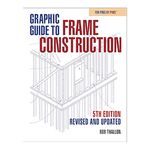
Graphic Guide to Frame Construction

Code Check 10th Edition: An Illustrated Guide to Building a Safe House
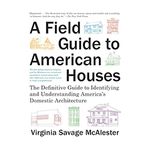
A Field Guide to American Houses
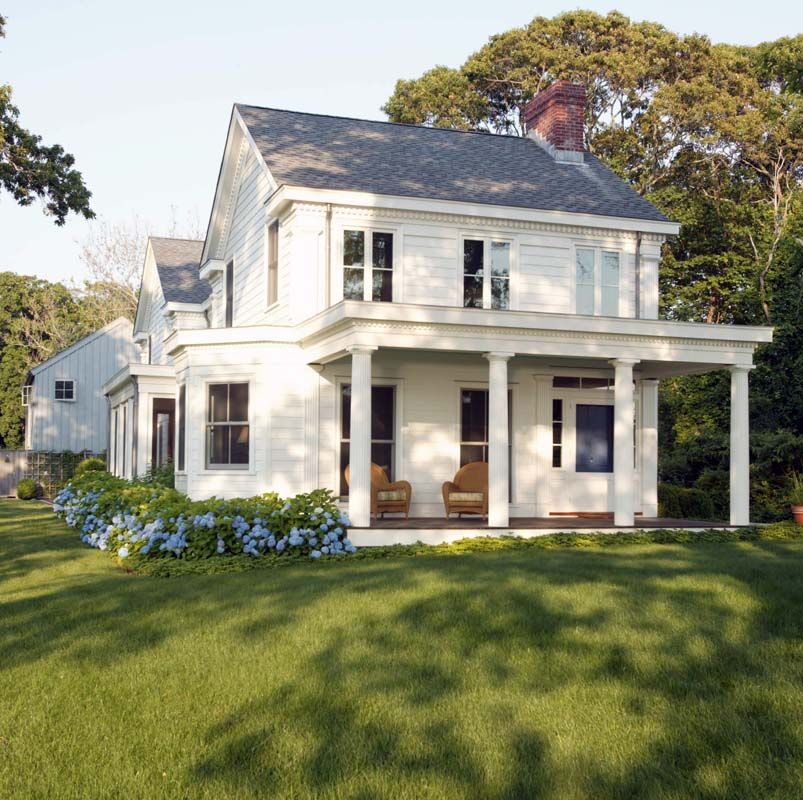
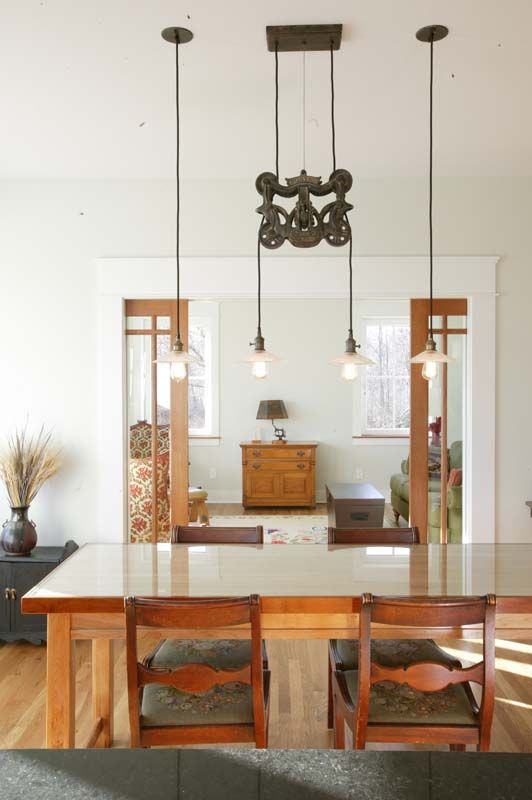


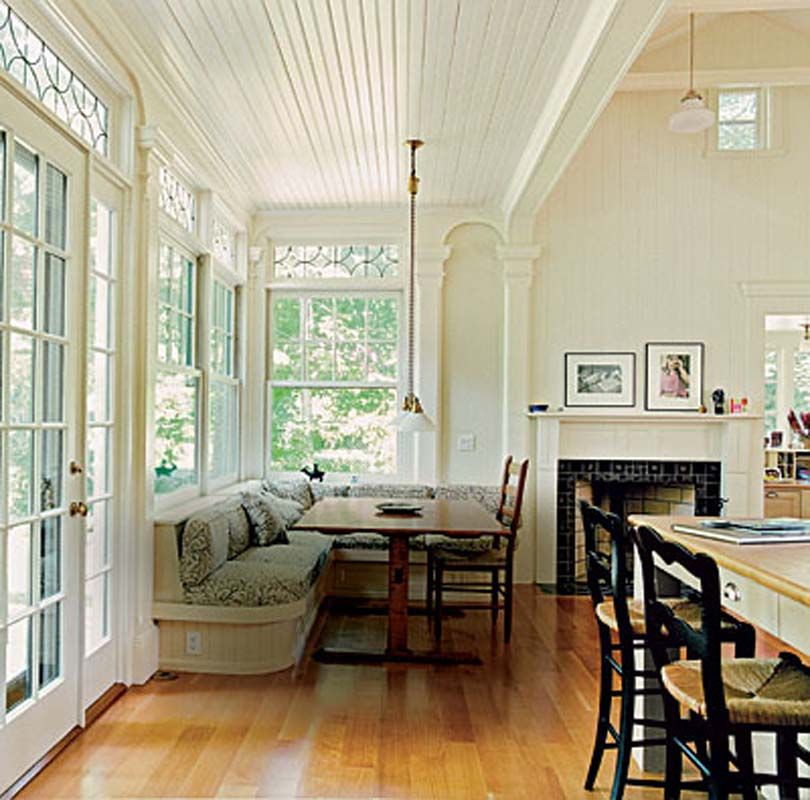
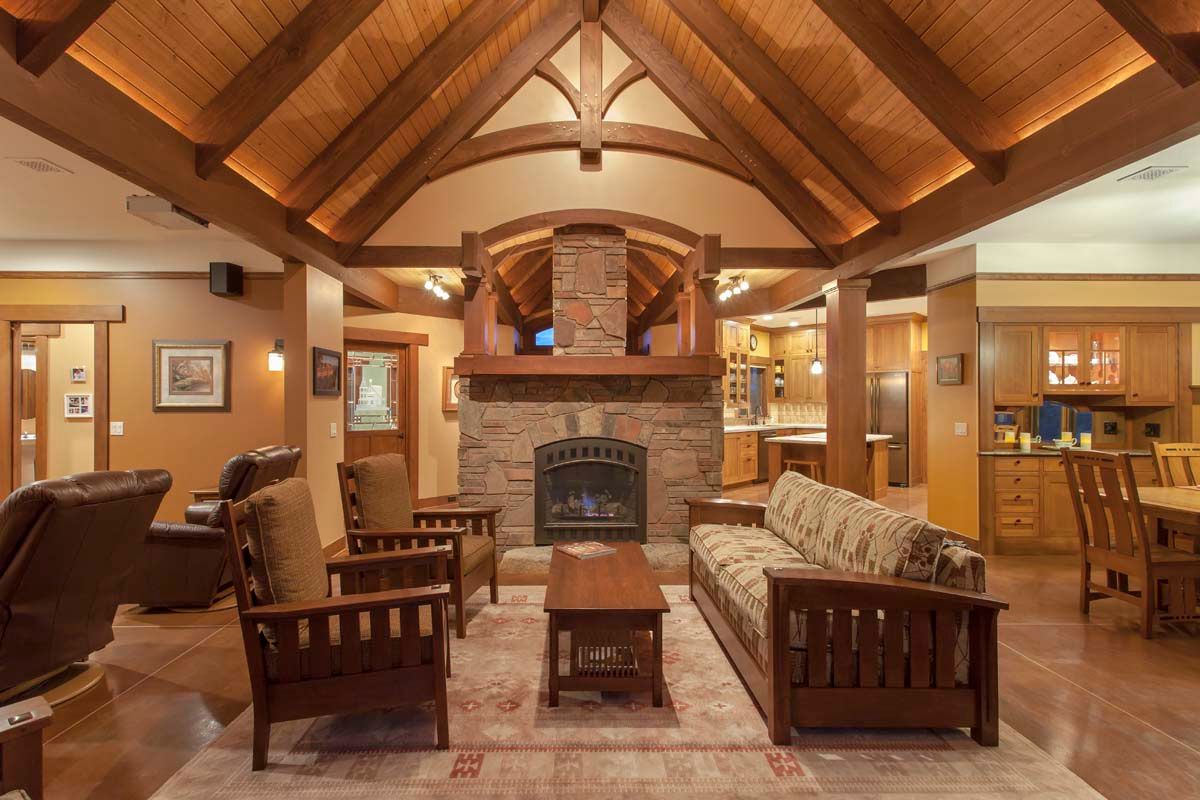

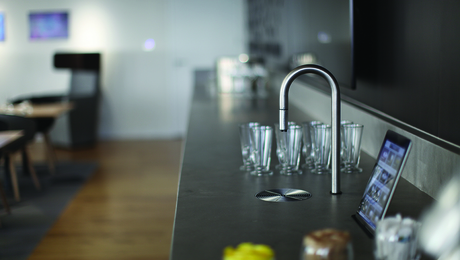
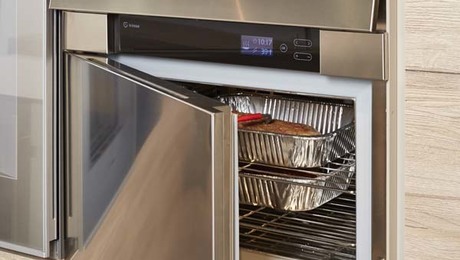
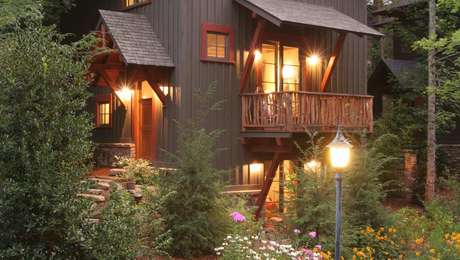
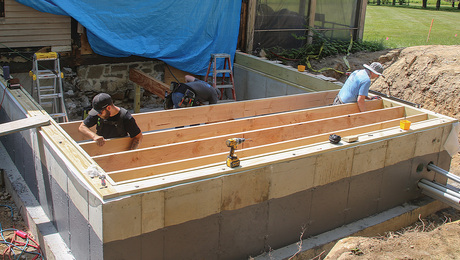


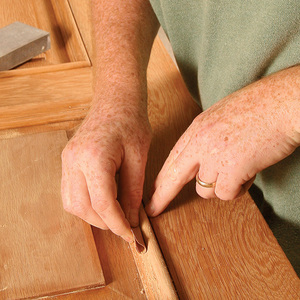
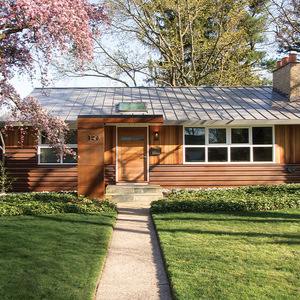
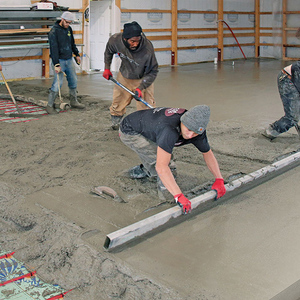



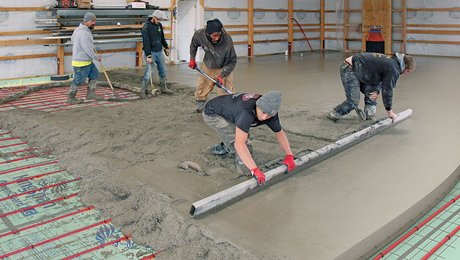
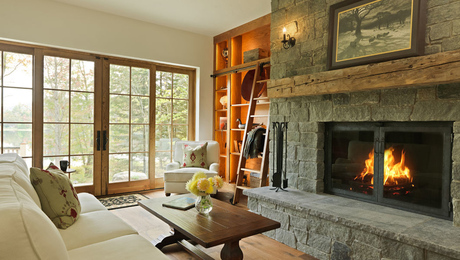
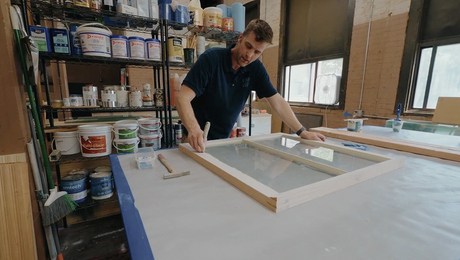

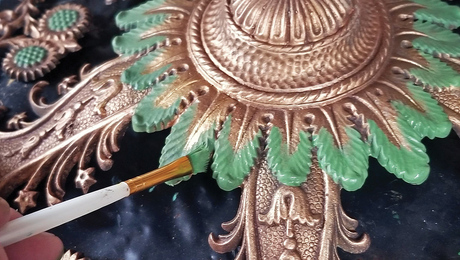

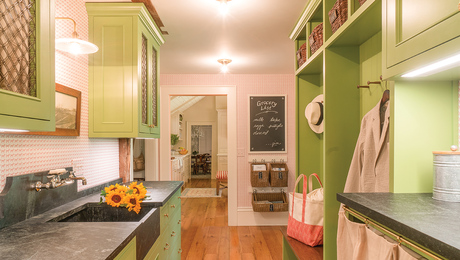
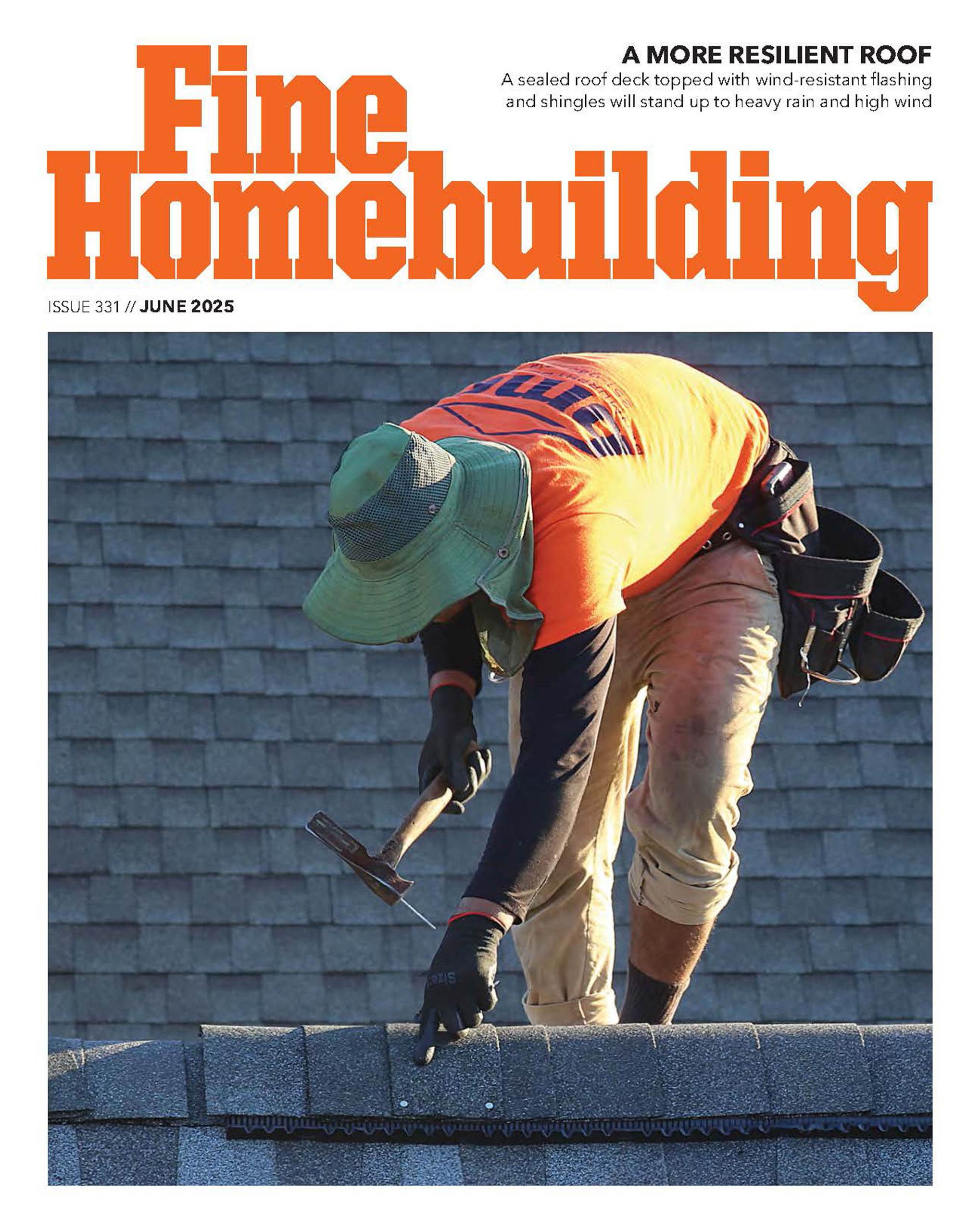









View Comments
Beautiful - Its such a complex question. I agree with the tenets stated above. I would add three comments
1. Appropriateness to the place, space. While a large french chateau-esque house might be well built, have great materials etc, it would likely look less than beautiful in the middle of an Arizona landscape or an urban environment.
2. Proportion. Beautiful houses and buildings have the right proportions. Humans do have a real sense of when a proportion is right or not. Golden rectangle concept is a simple example. Human scaled, proportioned spaces are beautiful. One needs only to see a dormer that is too large or a wall height just a little bit too high to confirm that proportion holds great sway in our perception of beauty.
3. Functionality. I know this raises hackles and my opinion is likely more stringent than some. However for me, if a space or a thing doesn't work, it cannot be beautiful. I do not accept the idea that structures are created for form alone. That is the ultimate of hubris. I believe it is the designer's job, in fact, their greatest obligation, to ensure that the required function of the space is understood and then met in the design. A door that blocks a passageway when opened, a kitchen island that obstructs flow, a staircase that can't be used to move a chair/bed, windows that don't ventilate - the list could be endless. However, for me a design that doesn't actually work is an utter and absolute failure, whatever its aesthetic appeals.
My 2 pence